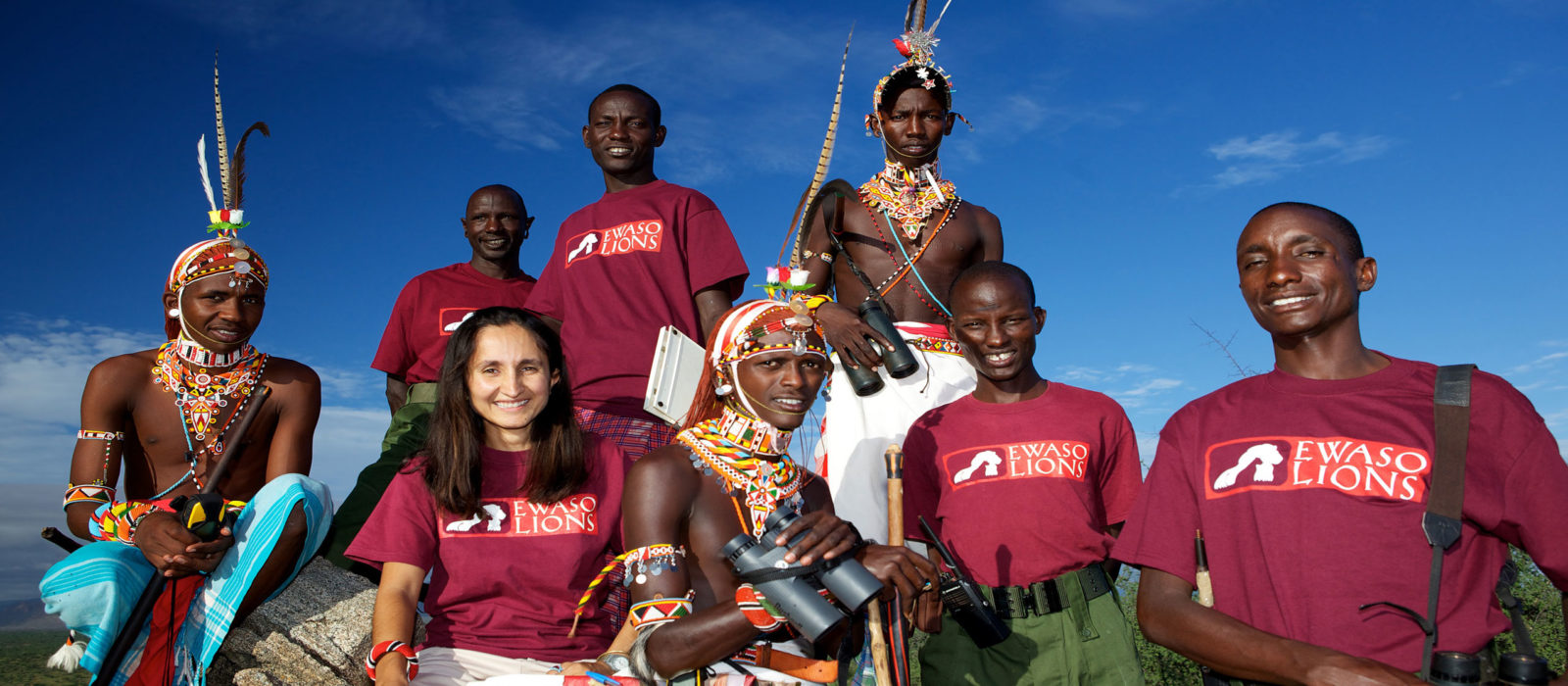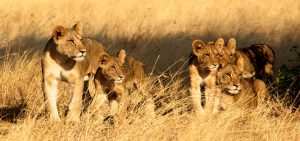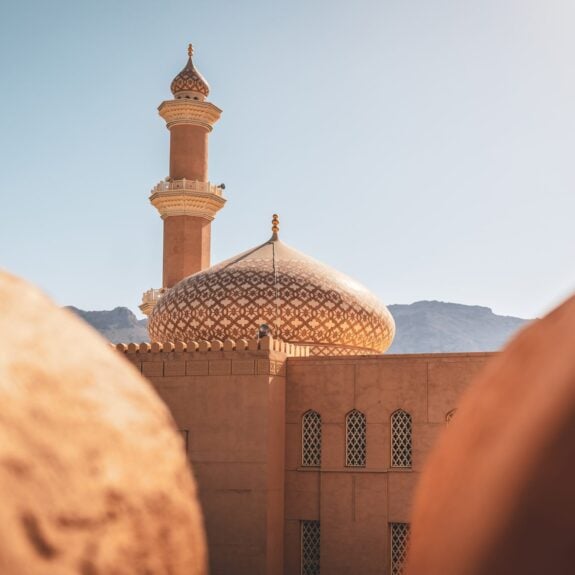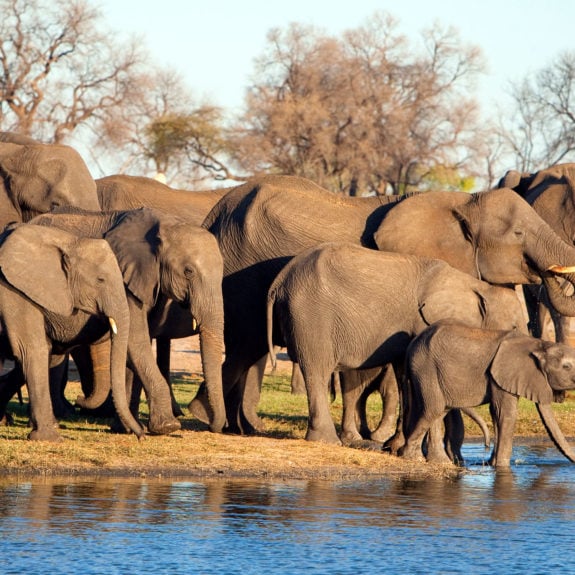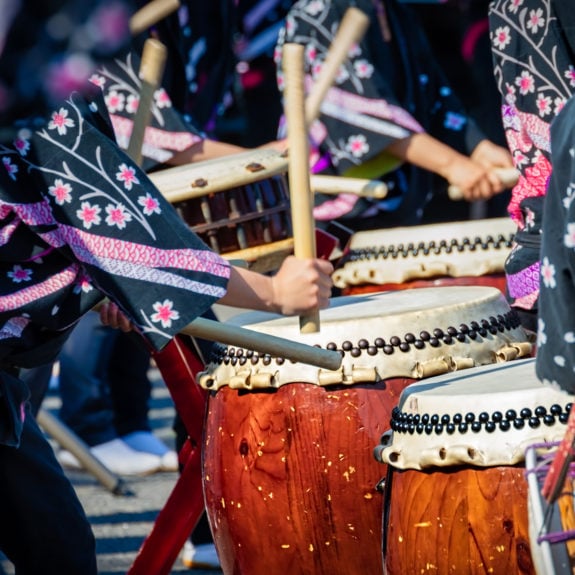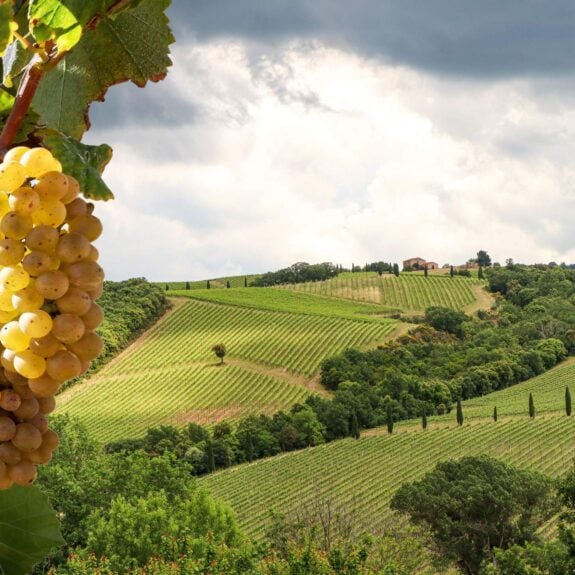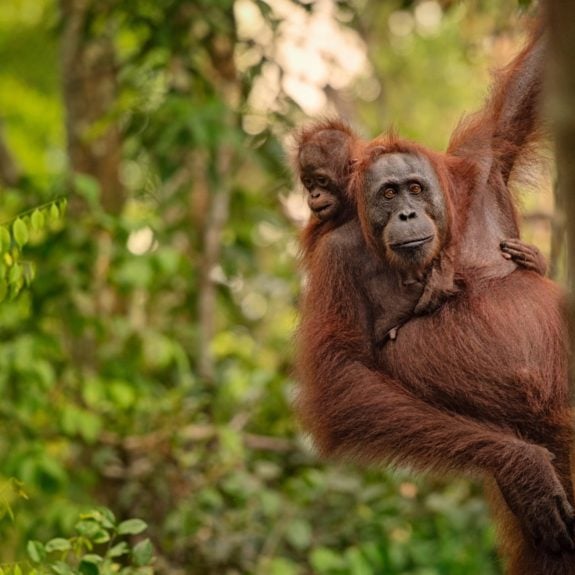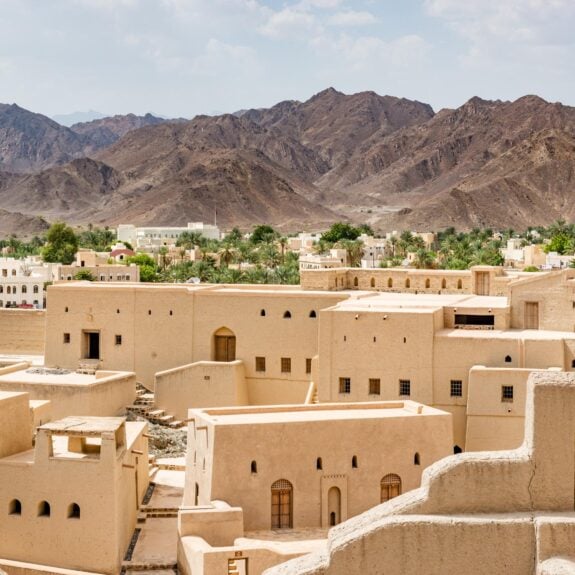Published on: June 9th, 2014
Last modified: December 11th, 2023
Shivani Bhalla founded Ewaso Lions in 2007 with the aim of aiding the conservation of lions by encouraging more positive carnivore-human interactions throughout northern Kenya. Since then Ewaso have gained the valuable support of The Safari Collection and in May 2014, Shivani was awarded a Whitley Award for her sterling conservation efforts. Here, Shivani talks to Jacada about the aims, struggles and successes of Ewaso Lions…
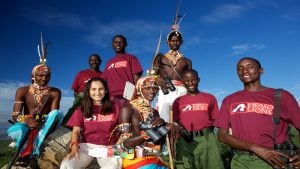
Congratulations on your Whitley Award! How different is your situation now from when you founded Ewaso back in 2007?
Thank you! I am honoured to receive this award in recognition of our work at Ewaso Lions.
When I founded Ewaso Lions in 2007 as a grassroots project to promote the conservation of lions by integrating scientific research with community-based conservation programmes, we were very small with a staff of four, and engaged in a few research and community activities surrounding lion conservation and community engagement. At the time, we were monitoring only 11 lions in and around Samburu, Buffalo Springs, and Shaba National Reserves. We were the first to do a lion study in Samburu and began the research to formulate strategies for long-term lion conservation in northern Kenya.
We now have a staff of 26, primarily made up of local community members who serve as field officers, community officers, scouts, and members of our flagship Warrior Watch programme.
Our activities also now span a larger area and include four community conservancies, as well as Laikipia county, in addition to Samburu county. We now have plans to track and monitor the movement of lions between both counties, which make up an ecosystem that is home to the third largest population of lions in Kenya.
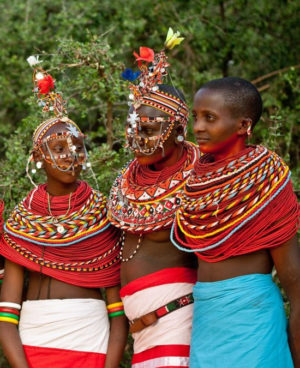
Since we began, we have also been able to raise awareness of ecological problems and solutions among local communities, offer strategies for reducing conflict with carnivores (particularly pertaining to livestock predation), and use educational initiatives to illustrate the benefit of wildlife for local livelihoods. We work with multiple demographics within communities, including warriors, elders, women, livestock owners, and children. We have gone from a few community engagement activities to a number of new and innovative programmes that include:
– Wazee Watch: training community elders to act as conservation ambassadors by educating them on predator issues and promoting solutions to reduce human-wildlife conflict.
– Boma Watch: reducing carnivore attacks on livestock (and reducing retaliatory killings) by reinforcing traditional thornbush enclosures, making them more predator-proof.
– Warrior Watch: training local warriors on all aspects of wildlife conservation, including conducting research on predator sightings, conflict mitigation techniques, and community outreach.
– Lion Watch: utilising local safari guides and tourists to contribute to our research by sharing information regarding lion identification and monitoring.
– Lion Kids Camp: investing in the next generation of conservationists by providing local children with a four-day wildlife education experience.
– Mama Simba: empowering Samburu women through education, conservation training, and environmental stewardship; providing alternative livelihood income through beaded handicrafts and reducing plastic consumption.
I am very happy to note that through these activities and conservation efforts, the Ewaso Nyiro region in Kenya is one of the only areas in the country to see an increase in the lion population over the past 10 years, especially outside the protected areas.
How did you first become interested in lions and conservation?
I have always been fascinated by big cats, and been keenly interested in wildlife conservation for as far back as I can remember. This passion was only confirmed through childhood safaris across Kenya with my parents.
When I moved to Samburu in 2002 to work for Save the Elephants, it was with the idea that I would eventually pursue a Master’s degree on cheetahs in the area. I searched for cheetahs for a full three months and found none.
What I did find were lions – I kept seeing them in small groups, in pairs, or often by themselves. This seemed unusual to me because I remember seeing large prides of more than 10 lions in other parts of Kenya from childhood safaris with my parents. It seemed like conditions had to be different here in Samburu.
Around the same time, a fascinating phenomenon was happening in Samburu – a lioness had adopted a baby oryx antelope for 16 days. I had the opportunity to accompany big cat expert Saba Douglas-Hamilton as she captured this rare story on film [see the video below]. While driving around gathering footage, Saba and I worked to identify all lion prides in the area.
By this time, I was hooked. I learned all there was to know about lion identification, eventually turned my fascination into a Master’s thesis on lion dynamics in the region, and founded Ewaso Lions to further lion conservation efforts in the region.
Tell us about the threats to lions in Kenya and what Ewaso do to help.
In the last 75 years, Africa’s lion population numbers have fallen drastically – they have declined by 90%. Lions have disappeared from at least 83% of their historical range in Africa, and this reduction in numbers is due to habitat loss and conflict with humans, primarily over livestock depredation. Kenya’s lions now number less than 2,000 individuals and could be extinct in the next two decades.
The greater Ewaso Nyiro ecosystem in northern Kenya where we work serves as critical habitat for lions and other large carnivores. This region, which includes parts of Samburu, Laikipia, and Isiolo counties, supports the country’s third largest lion population. Lions in this region are facing an uncertain future as they come into regular conflict with the nomadic people that share their habitat. Conflict occurs when lions attack livestock, and herders retaliate by fatally shooting, spearing, or poisoning lions and other large carnivores.
I founded Ewaso Lions in 2007 to conserve Kenya’s lions and other large carnivores by reducing human-carnivore conflict and promoting coexistence between people and wildlife.
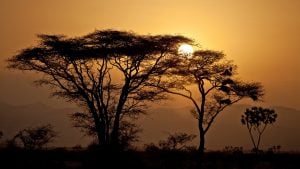
To date, what have been your biggest achievements in conservation terms?
One of Ewaso Lions’ greatest achievements to date has been our flagship Warrior Watch programme [see below for details on Warrior Watch].
Why did you choose to focus on Samburu, Buffalo Springs and Shaba National Reserves?
I chose to work in northern Kenya and in the three reserves to determine the state of lions in the region. It was an unknown population and with the serious threats that lions in Kenya are facing, it was important to learn more about the dynamics of the lion population in northern Kenya.
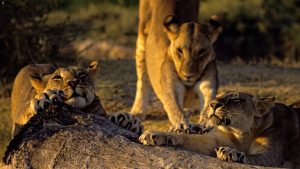
One of the key objectives of Ewaso is encouraging the co-existence of lions and humans. How has Ewaso joined forces with locals?
Our conservation solutions are actually rooted in traditional cultural practices and based on local knowledge.
For example, the warrior age-group traditionally protects livestock from carnivores and their communities from outside threats. The human-carnivore conflict mitigation work through Warrior Watch, therefore, is a natural extension of the warriors’ important role as providers of security, protecting both other community members and their livestock. Likewise, the time they spend patrolling in the field can be easily adapted to incorporate data collection and anti-poaching duties.
This ‘poacher turned conservationist’ approach means our programmes are community owned and driven, making them not only successful, but also sustainable. Additionally, community participation means that our work benefits from the extensive local knowledge of wildlife ecology and protecting livestock from carnivores available within the communities.
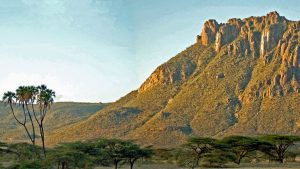
Our work builds local capacity by providing training to both pastoral people and other conservation workers (e.g., training members of collaborating organisations in carnivore conservation, conflict mitigation, and scientific data collection). This training builds on the local knowledge and provides more structured skills such as reading and writing, data collection techniques, and recent improvements in livestock husbandry.
Individuals that have received training and attended our workshops pass on – in an informal or formal manner – the skills they have learned to other members of their community, and in this way our information dissemination is even more far-reaching.
Increasing the capacity of community members and conservation workers not only garners their support, but also helps them to develop skills that positively impact future conservation programmes regardless of the species that is targeted. To this end, the local people engaged in our programmes learn about ecology, human impacts on the ecosystem, benefits of wildlife and habitat, and ways to encourage a harmonious co-existence between wildlife and people, as well as specific research and human-carnivore conflict mitigation skills.
Information that is passed on to the communities we work with, and other organisations, in meetings or during training and workshops, is constantly updated with the results of our latest finding. The flow of information from the local communities to Ewaso Lions, and from Ewaso Lions back to their communities is, therefore, a dynamic and evolving process.
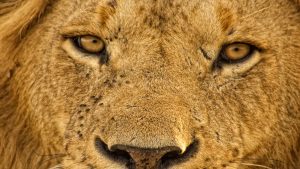
Tell us about Warrior Watch and the success it has had so far.
Samburu morans, the warrior age-class, make up one of the most neglected groups of people in conservation management in this region since they are rarely involved in decision-making with respect to wildlife conservation. To address this gap, we created Warrior Watch to help warriors become active wildlife ambassadors in their communities. We train warriors in conflict mitigation techniques, basic data collection, and the ecology of the area, allowing them to build on their traditional protection role in their community by mitigating lion-human conflict in their areas more effectively.
The programme’s launch in June of 2010 was very memorable – that is when our first five warriors were initiated into the programme amidst more than 130 warriors and wardens from the region who attended the event. It was a great day of celebration for these warriors and the first time that Samburu warriors have been engaged in conservation in the region.
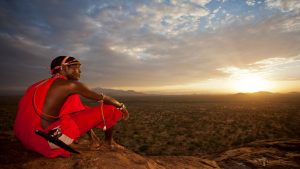
To date, we have trained a total of 16 warriors from Westgate and Mpus Kutuk Community Conservancies, and thanks to the Whitley Award, we will be engaging more warriors in 2014 and 2015 from other conservancies. It’s wonderful to see the warriors who started the programme in 2010 train the new ones. Our first batch of warriors can now read and write all the animals’ names and much more. They are true ambassadors for wildlife and conservation, and it has been fantastic to see them teach the new warriors.
An independent study on the programme in 2012 showed that Warrior Watch contributed significantly to improving attitudes and behavioural intentions towards wildlife, especially towards carnivore conservation. A key finding was that Warrior Watch succeeded in gaining widespread community support and contributed to changing attitudes in the absence of monetary incentives. My goal is to expand this programme to additional conservancies where the communities have experienced conflict with lions and other predators in order to alleviate conflict and increase tolerance.
Because of our efforts, the communities in Westgate Conservancy are now excited and interested in lions. They stop us often when we are in the field and ask us about the resident lions we monitor that have all been given Samburu names. The lions are now famous in the community and it is great to see this.
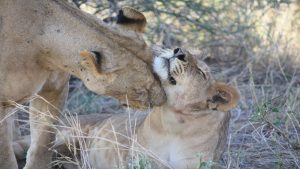
You’ve also launched an initiative to involve local women in conservation: the Mama Simba programme. Why is this so important and what difference will it make in the long run?
Like warriors in the community, Samburu women have rarely been actively included in conservation activities in northern Kenya. Yet, they spend a significant amount of time in wildlife areas as their demanding lifestyle includes fetching water, collecting firewood, and looking after livestock at times, which means they often come in contact with wildlife. And because women remain in the villages for much of the time while warriors and elders are away, they deal with human-wildlife conflict first hand when carnivores attack livestock inside villages at night.
When women from the area were keen to get involved in conservation, they approached us for conservation training and education. In response to this request, we started the Mama Simba programme – which means Mothers of Lions.
We take a number of approaches through Mama Simba to engage women in conservation. Through the women’s education initiative, we teach women to read and write, which will help them tremendously in many activities they engage in, such as livestock trade, beadwork, food businesses, and much more. In addition, we provided them with conservation training combined with a safari to Samburu National Reserve – they were very excited to learn about lions, different predator tracks, and the importance of conservation, and to see a number of wildlife species up close on their safari.
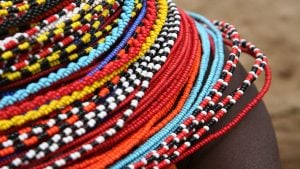
These women also engage in livestock protection through various initiatives we engage them in – we help them to reinforce their bomas (traditional livestock enclosures) with thornbush, which prevents lions, hyenas and leopards from entering the bomas to prey on livestock. They also currently test new experimental predator light deterrents at villages where livestock loss to carnivores is high. These non-invasive flashing light and sound systems scare away carnivores without causing harm. Presently, the women in the villages monitor these deterrent units and we anticipate that more will be involved in this pilot project in the future. As the women continue to learn how to read and write, it will be easier for them to monitor the deterrents and record results.
Another component is supporting livelihood enhancement by working with a small group of women to make beaded lions, which will eventually be sold to tourists as a source of income.
The women also participated in a clean-up day where they collected a large volume of plastic bags and other forms of litter around their villages.
These activities will ensure that entire communities, from women to elders to warriors to children, are aware of and engaged in conservation activities – it’s the only way to ensure that conservation becomes a lifestyle and not a periodic activity they participate in.
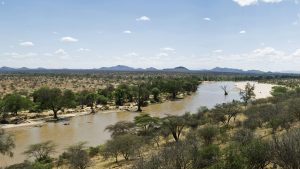
What has been your biggest challenge to date?
One of the main challenges we face is the harsh and minimal field conditions where we work and live. Our camp is quite rustic! We don’t have running water, porcupines often plunder our kitchen, and we live in canvas tents whose zippers are always breaking. It’s real bush living. We don’t have any permanent structures so when the rains hit hard, sometimes our camp becomes a disaster zone!
Samburu can have a really harsh climate. In 2009, we experienced a severe drought and it was one of the hardest periods I’ve ever been through. People suffered, livestock died, and we watched wildlife starve all around us. We did what I could to help the situation – we dug daily waterholes for wildlife, assisted the communities with water and food, helped herd livestock away from predator locations, and literally surrounded predators to protect them from potential conflict. I learned a lot from this and it taught me about what real hardships are all about. I learned about priorities and how to make important decisions during difficult periods. I also had the utmost admiration for the local people and their resilience in dealing with the drought.
Raising enough funds to keep our work going is another enormous challenge, especially as our project grows and expands into new territory.
These are some of the major challenges we face on a regular basis. But they don’t stop us from continuing our work to conserve lions and other carnivores in this region.
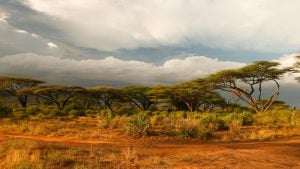
Do you and your team ever grow attached to the lions you track and is it difficult if something happens to them?
Yes, we get to know the lions very well – their personalities are all different. When something does happen, we definitely do get upset – no matter whether it’s of natural causes or a human-related cause. Every lion means something to us…
What do you most want to see changed in the next decade?
Stable lion populations across Kenya, and the ability for local communities to live alongside these lions and other carnivores in peaceful coexistence.
Ewaso Lions has a close working relationship with Sasaab in Samburu, Kenya. The Safari Collection supports several of Ewaso Lions’ projects, including Warrior Watch and Lion Kids Camps.
For more information about staying in Samburu and seeing the newly thriving lion population for yourself, please get in touch with one of our Safari Designers. For more information about Ewaso Lions: http://ewasolions.org/.
